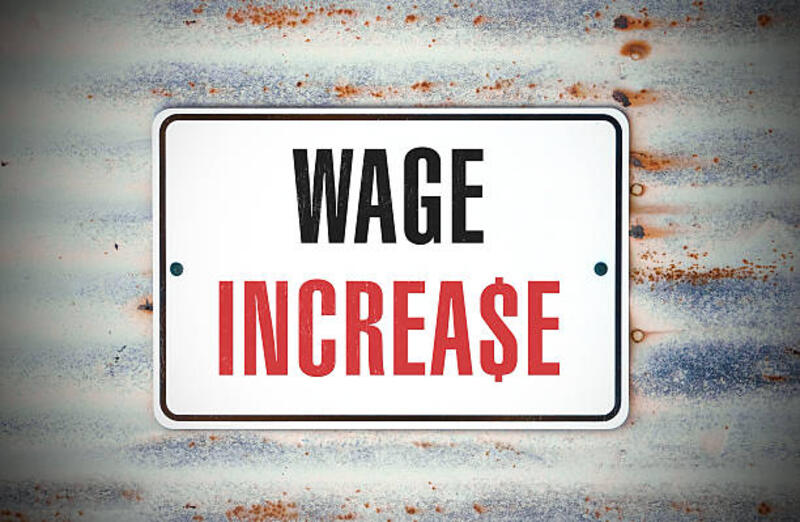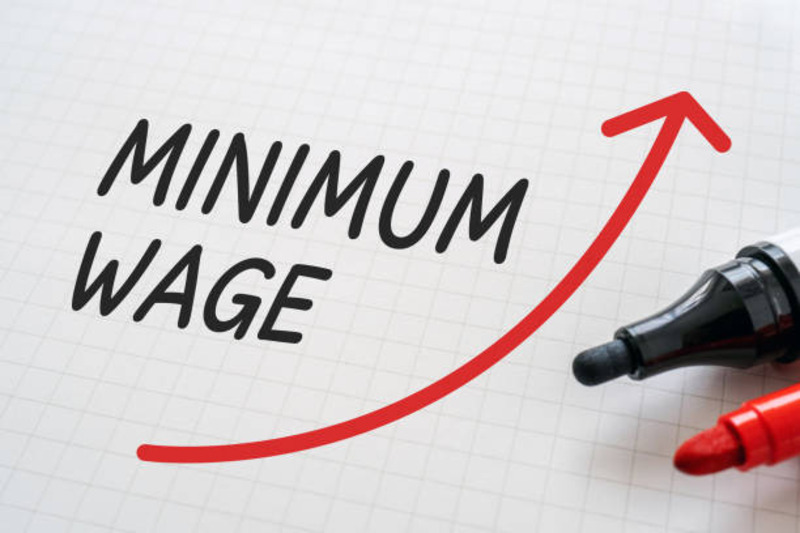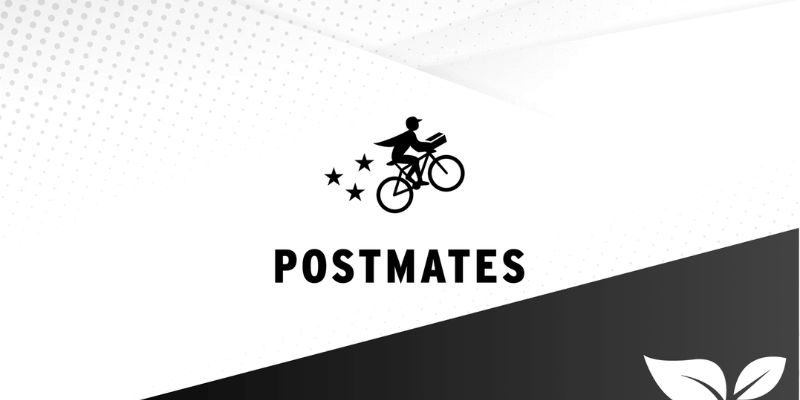As 2024 unfolds, the conversation around minimum wage remains at the forefront of economic discourse. Across the globe, the debate over the adequacy of minimum wage and its impact on workers' livelihood is intensifying. This provides a comprehensive overview of the minimum wage landscape in 2024, examining the levels across different countries, the factors influencing their determination, and the implications on the working population. It further explores how policy changes and economic dynamics intersect to shape the minimum wage narrative. The aim is to shed light on this significant economic metric and contribute to a more nuanced understanding of its role in the broader socio-economic context.
Historical Perspective
Understanding the evolution of the minimum wage is crucial in comprehending its current significance. The concept gained prominence in the early 20th century as a response to exploitative labor practices. The United States, for example, introduced its first federal minimum wage in 1938 under the Fair Labor Standards Act. Over the decades, the minimum wage has undergone numerous adjustments to keep pace with inflation and changing economic conditions.
Current Minimum Wage Landscape
In 2024, the minimum wage varies significantly across countries and regions. Developed economies generally tend to have higher minimum wages compared to their developing counterparts. Countries like Australia, the United Kingdom, and several European nations have implemented policies ensuring a living wage for workers. In contrast, some developing nations struggle to establish and enforce effective minimum wage standards.
Within the United States, the federal minimum wage has been a point of contention for years. As of 2022, the federal minimum wage stands at $7.25 per hour, a rate that has not seen an increase since 2009. However, individual states and cities have taken the initiative to set their own minimum wages, often surpassing the federal standard. This patchwork of regulations has led to significant disparities in income levels across the country.
Impact on Workers
The debate over the minimum wage revolves around its direct impact on workers. Proponents argue that a higher minimum wage is essential for providing a decent standard of living, reducing income inequality, and stimulating economic growth. They contend that when workers earn a living wage, they are more likely to spend money, thus boosting demand for goods and services.
Opponents, on the other hand, express concerns about the potential consequences of a higher minimum wage on businesses, particularly small enterprises. They argue that increased labor costs could lead to job cuts, reduced working hours, or even business closures, negatively affecting the very workers the policy aims to protect.
Global Perspectives on Minimum Wage
A comparative analysis of minimum wage policies worldwide offers valuable insights. Nordic countries, often lauded for their comprehensive social welfare systems, have relatively high minimum wages and relatively low levels of income inequality. In contrast, some developing nations face challenges in implementing and enforcing minimum wage laws, leading to exploitation and poor working conditions.
The Impact of Inflation
Inflation is a critical factor influencing the real value of the minimum wage. As prices for goods and services rise, the purchasing power of a fixed minimum wage diminishes. A stagnant minimum wage in the face of inflation can result in a decline in the standard of living for low-income workers. Governments must consider inflation rates when formulating minimum wage policies to ensure that they remain effective in providing economic security.
Technological Advances and the Changing Nature of Work
The advent of technology has transformed the nature of work, leading to discussions about its impact on minimum wage policies. The rise of automation and artificial intelligence has the potential to reshape industries, affecting both the demand for certain types of jobs and the skills required. Policymakers must navigate these changes thoughtfully to ensure that minimum wage policies remain relevant and equitable in the face of evolving economic landscapes.
The Role of Collective Bargaining
Collective bargaining, where workers negotiate wages and working conditions with employers, plays a crucial role in shaping the minimum wage landscape. Strong labor unions can advocate for higher wages and better working conditions, contributing to a more equitable distribution of wealth. Examining the status of collective bargaining in different regions provides valuable insights into the dynamics of the minimum wage debate.
Challenges and Opportunities for the Future
As we look ahead, several challenges and opportunities emerge in the minimum wage landscape. Policymakers must strike a delicate balance between addressing the immediate needs of workers and considering the long-term economic implications of their decisions. Additionally, exploring innovative solutions, such as tying the minimum wage to cost-of-living indices or sector-specific economic indicators, can offer a more dynamic approach to ensuring fair compensation.
Which countries have implemented policies for a living wage?
Several countries around the world have implemented policies to ensure workers receive a living wage. For example, Australia has a national minimum wage that is regularly adjusted to keep up with the cost of living. The United Kingdom has a similar approach with a national living wage, which is higher than the minimum wage and aims to provide workers with enough income to meet their basic needs. In many European nations, such as Germany, France, and the Netherlands, collective bargaining agreements and sector-specific minimum wages help ensure workers receive fair compensation
Conclusion
The minimum wage landscape in 2024 is a complex tapestry woven with historical threads, economic dynamics, and societal aspirations. As nations grapple with the ongoing discourse surrounding minimum wage policies, it is imperative to consider the diverse factors at play. Through a comprehensive overview of the historical context, current state, and potential future trajectories, this article aims to contribute to the informed dialogue on shaping equitable and effective minimum wage policies in the years to come.





